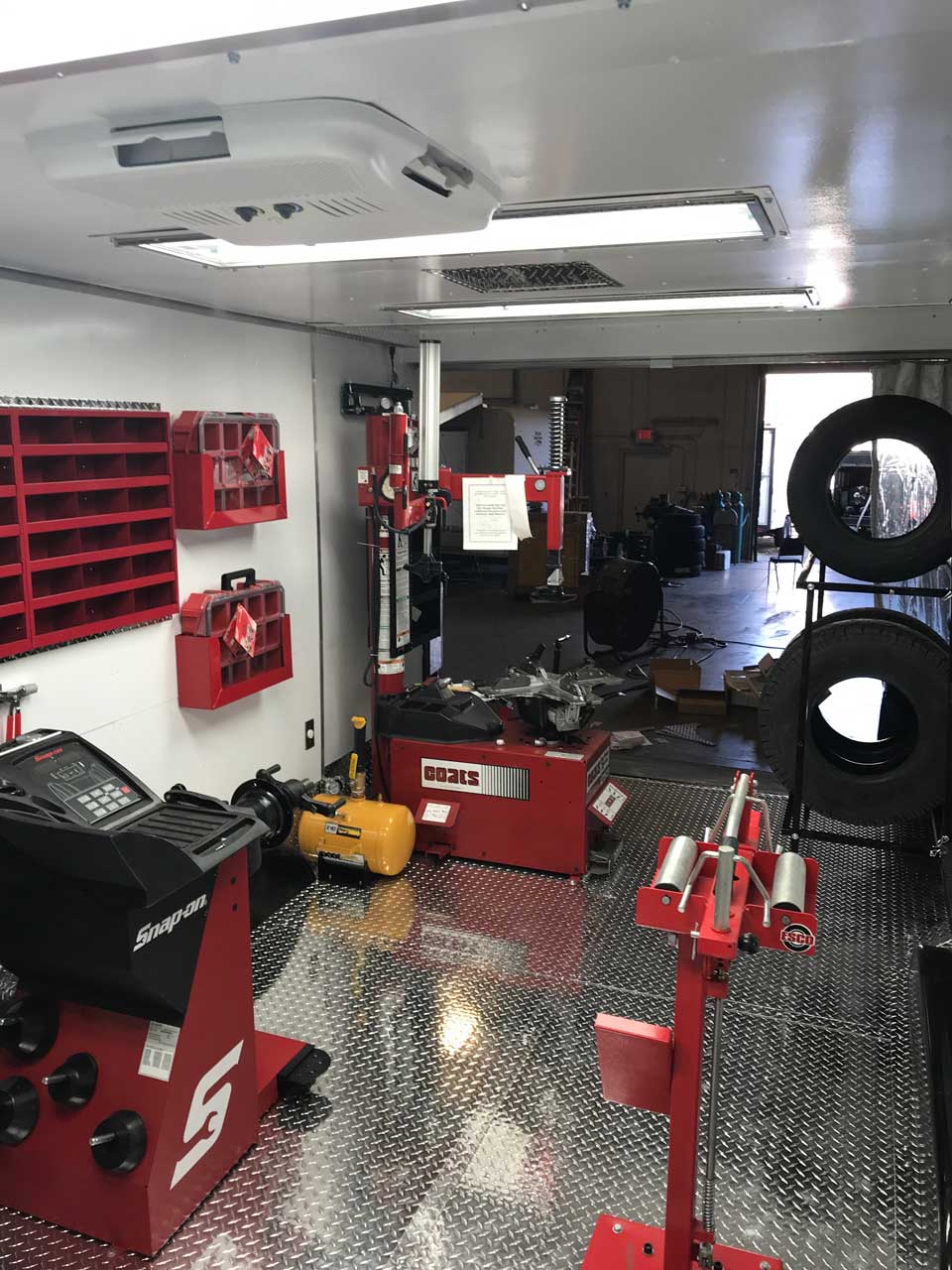Morris Tires: Your Partner for Professional GMC Tires Service
Morris Tires: Your Partner for Professional GMC Tires Service
Blog Article
Tire Service: The Impact of Weather
When it comes to ensuring ideal efficiency and safety when traveling, comprehending the impact of weather on tire service is vital. From scorching warm to icy roads, each weather component can considerably affect tire capability and overall driving experience. By diving into the results of differing weather on tires, chauffeurs can acquire valuable understandings that may enhance their vehicle's efficiency and long life. In this discussion, we will certainly check out the elaborate partnership in between weather condition conditions and tire solution, clarifying the significance of weather-specific tire maintenance techniques and considerations.
Heat and Tire Performance
When subjected to high temperature levels, tires experience modifications in performance that can dramatically influence car security and handling. The warm created from long term driving or hot weather conditions triggers the tire rubber to soften, leading to minimized walk life and raised wear.

Winter Impacts
Cold weather condition conditions can have a considerable impact on tire efficiency and safety. In chilly climate, tires may likewise shed air pressure much more rapidly, which can influence handling and fuel effectiveness.
To reduce the effects of winter on tires, it is essential to consistently check tire pressure and inflate them to the supplier's suggested degrees. Making use of winter months or all-season tires made for cold weather condition problems can likewise improve grip and grip on icy or snowy roadways. Appropriate tire maintenance, consisting of normal inspections for wear and damage, ends up being also extra critical during chillier months to make certain optimum efficiency and safety and security.
Rainy Issues Influence
Throughout stormy conditions, tire performance and safety can be dramatically affected by the wet roadway surface areas and lowered visibility. The tread pattern of tires plays a vital duty in preserving traction on wet roadways. Tires with worn-out footsteps are extra prone to hydroplaning, where a layer of water develops in between the tire and the roadway surface area, resulting in loss of traction. To combat this, chauffeurs ought to consistently inspect their tires for adequate tread deepness and take into consideration spending in tires especially made for damp problems.
Furthermore, rainy weather condition can additionally lower exposure, making it testing for chauffeurs to see the roadway ahead plainly (GMC Tire Service). In such conditions, it is important to readjust driving speeds as necessary and maintain a risk-free adhering to range to permit sudden quits. Properly inflated tires can likewise assist in preserving control on wet roadways by supplying better handling and grasp
Snow and Tire Safety
Snow-covered roads pose distinct difficulties for vehicle drivers, emphasizing the importance of proper tire choice and upkeep. When driving check this site out in snowy problems, having the ideal tires can make a significant distinction in safety and performance. Wintertime tires are developed with special rubber compounds and walk patterns to provide much better traction on snow and ice compared to all-season tires. The much deeper treads and sipes of winter months tires assist hold additional reading the road better, decreasing the threat of sliding and slipping.

In addition, vehicle drivers must take into consideration mounting tire chains in extreme snowy conditions. Tire chains offer added grip by clutching the snow and ice, improving stability and control. Nonetheless, it is necessary to follow producer guidelines when setting up and utilizing tire chains to stop damages to the tires and vehicle. By choosing the best tires, maintaining proper rising cost of living, and taking into consideration added traction aids like tire chains, motorists can improve their security when navigating snow-covered roadways.
Weather-Related Tire Upkeep
Weather-related tire maintenance encompasses an array of practices intended at making certain ideal tire function and pop over here durability in different weather condition situations. One key aspect of weather-related tire upkeep is tire pressure regulation. Checking tire tread routinely and replacing tires when walk wear reaches a certain depth is crucial for maintaining traction and stability in damaging weather condition.
Verdict
In final thought, climate conditions have a considerable influence on tire performance and safety. From heat influencing tire stress and put on to cold climate lowering traction, it is important to think about the climate when preserving and utilizing tires.
In this conversation, we will explore the detailed partnership in between weather conditions and tire service, losing light on the importance of weather-specific tire maintenance methods and factors to consider.

Report this page